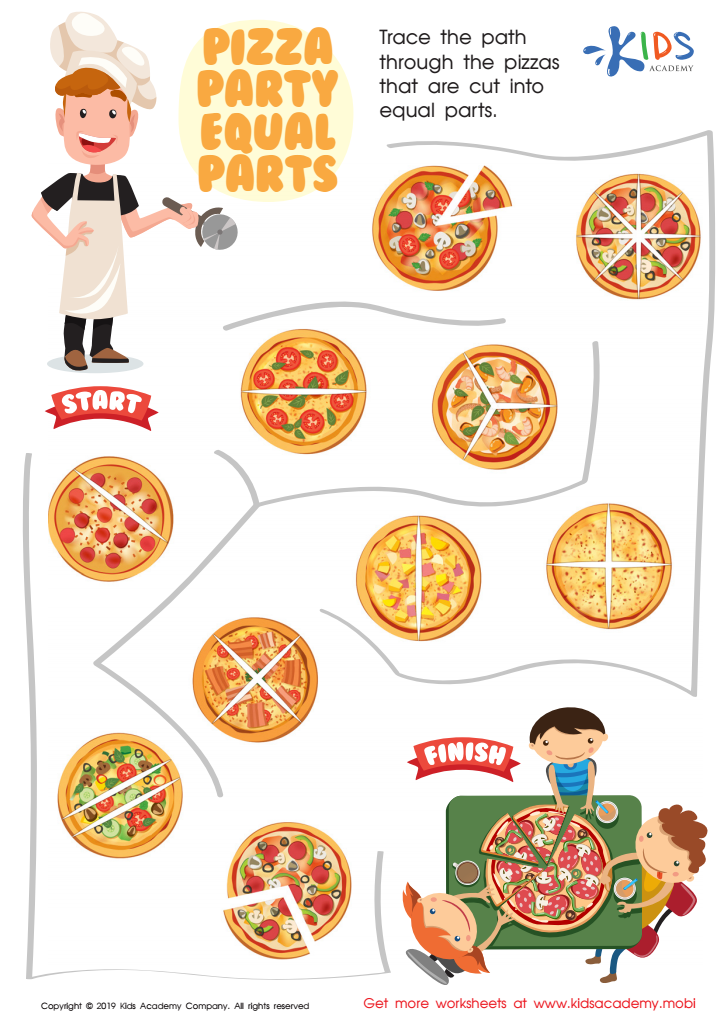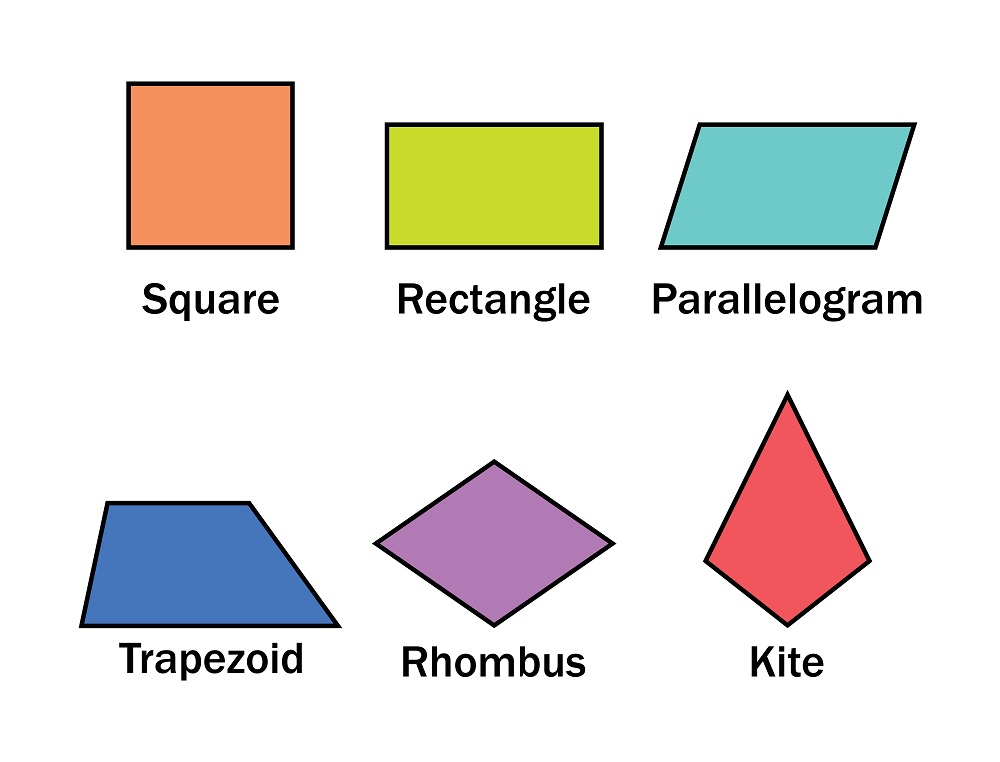Problem-solving abilities Geometry Worksheets for Ages 3-8
5 filtered results
-
From - To
Enhance your child's problem-solving abilities with our engaging Geometry Worksheets designed specifically for ages 3-8. These comprehensive worksheets help young learners explore fundamental geometric concepts, shapes, and spatial relationships through fun and interactive activities. By tackling varied challenges, children develop critical thinking skills and learn to approach problems creatively. Our resources cater to early learners, fostering a solid foundation in math while sparking a love for learning. Ideal for both classroom and home use, these worksheets offer the perfect blend of education and entertainment, engaging kids and helping them build confidence in their math skills. Start your child's geometric journey today!


Pizza Party Equal Parts Worksheet


Shapes in the Real World Worksheet


Area and Perimeter Challenge Worksheet


Shapes: Assessment 1 Worksheet


Data: Assessment 2 Worksheet
Parents and teachers should prioritize problem-solving abilities in geometry for children aged 3-8 because these skills form the foundation for critical thinking and cognitive development. Early exposure to geometry promotes spatial awareness, which allows children to understand and navigate the world around them. By engaging with geometric concepts, children enhance their analytical skills, enabling them to identify patterns, make predictions, and develop logical reasoning.
Moreover, problem-solving in geometry fosters creativity. When children encounter challenges in constructing shapes or figuring out spatial relations, they learn to think outside the box and approach multiple solutions. This creative thinking is essential not only in mathematics but also in other disciplines and real-life situations.
Furthermore, geometry and problem-solving build confidence. Successfully resolving geometric challenges instills a sense of accomplishment, motivating children to tackle more complex tasks in the future. As these young learners gain confidence in their abilities, they become more engaged and enthusiastic about learning.
Ultimately, nurturing geometric problem-solving skills at an early age equips children with essential tools for lifelong learning, enhances their academic performance across subjects, and prepares them for future success in an increasingly complex world. In short, investing in these skills early on offers significant long-term benefits.
 Assign to My Students
Assign to My Students




















